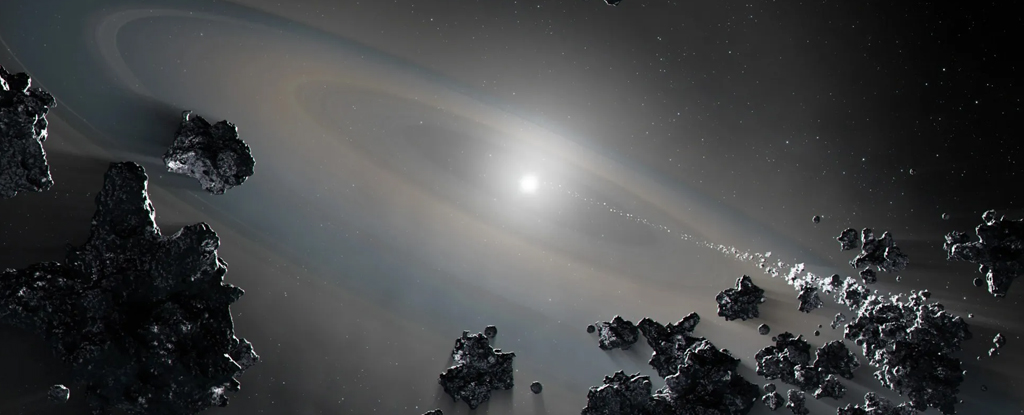Astronomers have discovered numerous white dwarf stars surrounded by debris disks, which are remnants of planets destroyed as the star evolved. However, they have also found an intact Jupiter-mass planet orbiting a white dwarf. This raises questions about the existence of more white dwarf planets and whether terrestrial, Earth-like planets can exist around white dwarfs.
White dwarfs are the remnants of once-larger main sequence stars, such as our Sun. When a star in the mass range of the Sun evolves, it swells up and becomes a red giant. As it ages and runs out of nuclear fuel, it sheds its outer layers, forming a planetary nebula. After about 10,000 years, the nebula dissipates, leaving behind a white dwarf.
Despite their small size, white dwarfs can have habitable zones, although they are much smaller than those around stars like the Sun. In theory, planets in these habitable zones could support life. However, the discovery of intact planets around white dwarfs is rare.
In 2020, researchers announced the detection of an intact Jupiter-mass planet in the habitable zone around the white dwarf WD1054-226. If one intact planet has been found, it suggests the possibility of others. However, the reasons for not finding more white dwarf planets remain unclear. The fact that the first detected planet is a Jupiter-mass planet does not necessarily mean that the white dwarf exoplanet population is dominated by such planets.
A recent paper by David Kipping, an Assistant Professor at Columbia University, explores the issue of exoplanets around white dwarfs. The study suggests that rocky white dwarf planets appear to be rare. While evidence indicates the presence of small terrestrial planets around white dwarfs, it is uncertain if intact ones exist in the habitable zones.
The discrepancy between the number of detected exoplanets and the distribution of planet sizes is due to selection biases in detection methods. The detection of WD 1856 b—a massive gas giant—among white dwarfs raises concerns about the rarity of transiting rocky planets around them. However, it is possible that there is a range of distributions for planet sizes, and further data is needed to draw more conclusive results.
The search for terrestrial planets around white dwarfs is ongoing, and the field of white dwarf exoplanet science is still in its early stages. White dwarfs' stable and long-lived nature, combined with their small size, makes them attractive targets for detecting Earth-sized planets and studying their atmospheres, potentially revealing signs of life.
In summary, while the discovery of intact planets around white dwarfs is rare, further research and data collection will shed more light on the population of planets around these stellar remnants and the potential for habitable worlds.

0 Comments